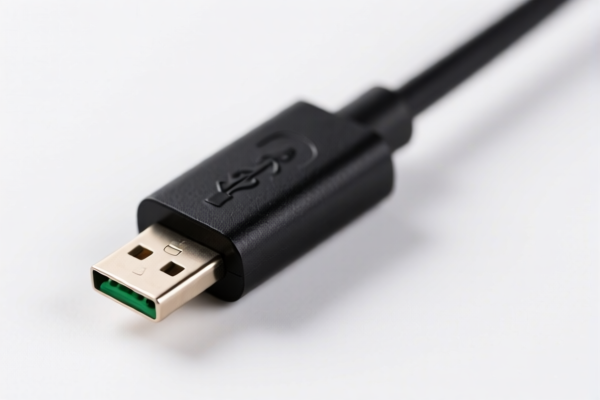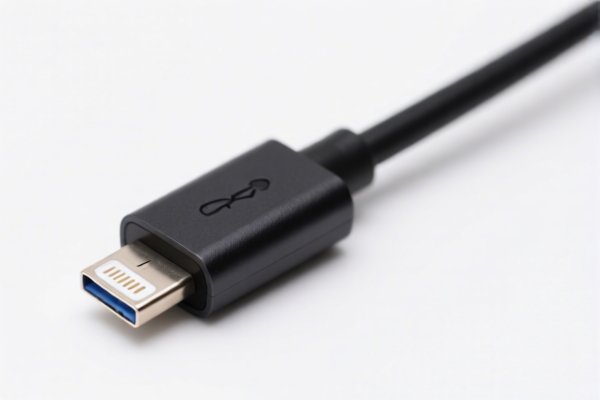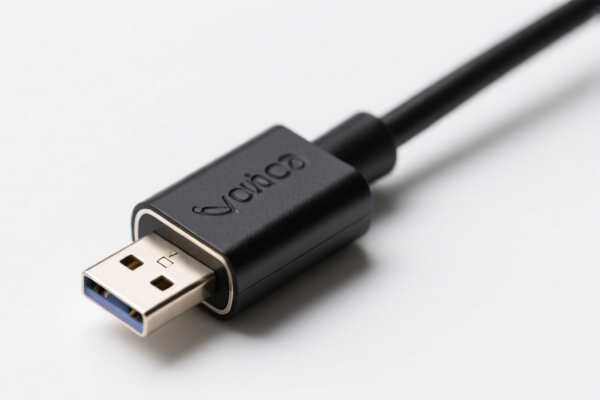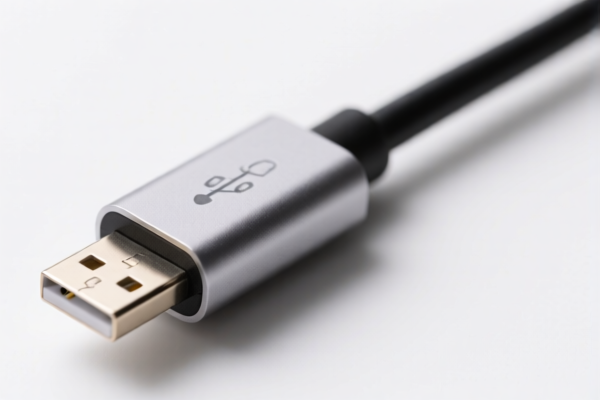| HS Code | Official Doc | Tariff Rate | Origin | Destination | Effective Date |
|---|---|---|---|---|---|
| 8548000000 | Doc | 55.0% | CN | US | 2025-05-12 |




Conversion Cable
A conversion cable, also known as an adapter cable, is a cable used to interface dissimilar connectors, enabling communication or power transfer between devices with incompatible ports. These cables do not actively convert signals, but rather physically bridge the connection gap.
Material
Conversion cables are typically constructed with the following materials:
- Conductors: Copper is the most common material due to its excellent conductivity. Silver is used in higher-end cables for improved signal transmission.
- Insulation: PVC (Polyvinyl Chloride) is widely used for its flexibility and cost-effectiveness. More robust cables may employ TPE (Thermoplastic Elastomer) or braided materials for increased durability and shielding.
- Connectors: Typically made of plastic (ABS, Polycarbonate) with metal contacts (Gold-plated brass, nickel-plated steel). Gold plating improves corrosion resistance and signal conductivity.
- Shielding: Aluminum foil or braided copper shielding is often incorporated to minimize electromagnetic interference (EMI) and radio frequency interference (RFI).
- Cable Jacket: PVC or TPE provides external protection and insulation.
Purpose
The primary purpose of a conversion cable is to allow devices with different port types to connect and communicate. This avoids the need to replace existing cables or devices, offering a cost-effective solution for interoperability.
Function
Conversion cables function by physically adapting one connector type to another. They do not change the underlying signal type (e.g., analog to digital). The cable simply reroutes the signals from one connector's pinout to the corresponding pins on the other connector.
Usage Scenarios
- Connecting older devices to newer devices: For example, connecting a device with a VGA connector to a modern display with HDMI.
- Extending cable length: While not their primary function, some conversion cables can be used in conjunction with extension cables to increase the overall reach.
- Connecting devices to different peripherals: Connecting a USB-C device to a USB-A port, or connecting a display with DisplayPort to a device with an HDMI port.
- Audio connections: Connecting headphones with a 3.5mm jack to a device with a 6.35mm jack, or vice versa.
Common Types
- USB-A to USB-C: Connects devices with older USB-A ports to newer USB-C devices.
- HDMI to VGA: Connects HDMI sources to VGA displays. (Often requires active conversion for audio.)
- DisplayPort to HDMI: Connects DisplayPort sources to HDMI displays.
- USB-C to Ethernet (RJ45): Provides a wired network connection for devices with only USB-C ports.
- 3.5mm to 6.35mm: Adapts headphone jacks for different audio equipment.
- VGA to HDMI: Connects VGA sources to HDMI displays. (Often requires active conversion.)
- DVI to HDMI: Connects DVI sources to HDMI displays.
- Serial to USB: Connects older serial devices to modern computers.
- Power Conversion Cables: Adapting different power connector types (e.g., Molex to SATA).
It is important to note that some conversions, particularly those involving analog and digital signals (like VGA to HDMI), may require active adapters which contain circuitry to convert the signal. Simple conversion cables only adapt the connector physically.
Based on the provided information, the declared goods "conversion cable" can be classified under the following HS code:
-
8548000000: Electrical parts of machinery or apparatus, not specified or included elsewhere in this chapter.
- 85: Electrical machinery and equipment and parts thereof; sound recording or reproducing apparatus, television-image transmission or reproduction apparatus, and parts and accessories of such articles. This chapter covers a broad range of electrical components.
- 48: Electrical parts of machinery or apparatus. This heading specifically focuses on parts used in electrical machinery and apparatus.
- 0000: This subheading indicates that the item is not further specified within this chapter, meaning it falls under the general category of unspecified electrical parts.
Total Tax Rate: 55.0%
* **基础关税 (Basic Tariff)**: 0.0%
* **加征关税 (Additional Tariff)**: 25.0%
* **2025.4.2后加征关税 (Additional Tariff after 2025.4.2)**: 30.0%
Customer Reviews
No reviews yet.